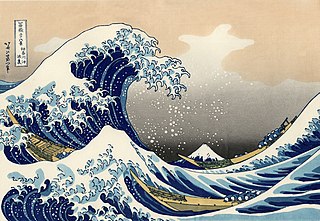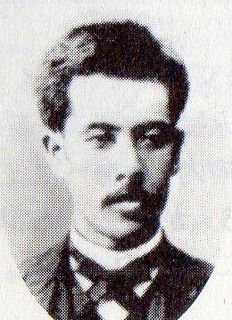Aida Yasuaki | |
|---|---|
 | |
| Born | 10 February 1747 |
| Died | 26 October 1817 (aged 70) |
| Nationality | Japan |
| Scientific career | |
| Fields | Mathematics |
Aida Yasuaki(会田 安明, February 10, 1747 – October 26, 1817) also known as Aida Ammei, was a Japanese mathematician in the Edo period. [1]

Japan is an island country in East Asia. Located in the Pacific Ocean, it lies off the eastern coast of the Asian continent and stretches from the Sea of Okhotsk in the north to the East China Sea and the Philippine Sea in the south.

A mathematician is someone who uses an extensive knowledge of mathematics in his or her work, typically to solve mathematical problems.

The Edo period or Tokugawa period (徳川時代) is the period between 1603 and 1868 in the history of Japan, when Japanese society was under the rule of the Tokugawa shogunate and the country's 300 regional daimyō. The period was characterized by economic growth, strict social order, isolationist foreign policies, a stable population, "no more wars", and popular enjoyment of arts and culture. The shogunate was officially established in Edo on March 24, 1603, by Tokugawa Ieyasu. The period came to an end with the Meiji Restoration on May 3, 1868, after the fall of Edo.
Contents
He made significant contributions to the fields of number theory and geometry, and furthered methods for simplifying continued fractions.

Number theory is a branch of pure mathematics devoted primarily to the study of the integers. German mathematician Carl Friedrich Gauss (1777–1855) said, "Mathematics is the queen of the sciences—and number theory is the queen of mathematics." Number theorists study prime numbers as well as the properties of objects made out of integers or defined as generalizations of the integers.

Geometry is a branch of mathematics concerned with questions of shape, size, relative position of figures, and the properties of space. A mathematician who works in the field of geometry is called a geometer.
Aida created an original symbol for "equal". This was the first appearance of the notation for equal in East Asia. [2]







